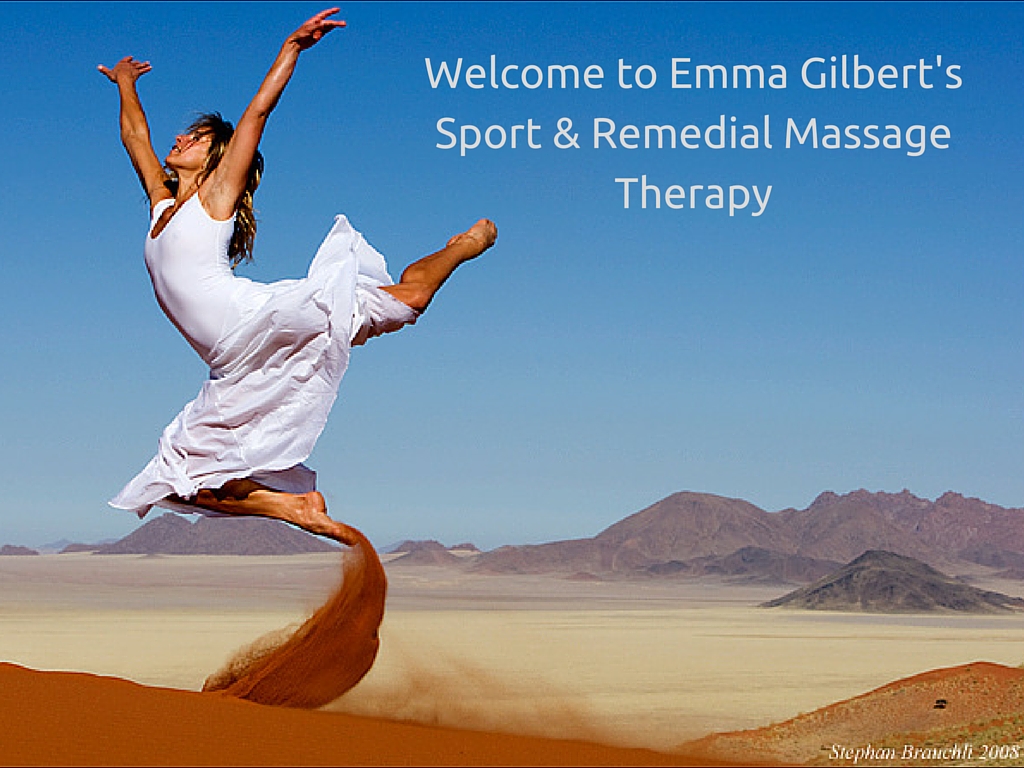Massage After Care
and
Information for how to “Self Treat Acute Injuries”
- Drink plenty of water. This will help to flush out toxins that have been released from the tissue fibres during the massage.
- Avoid alcohol, black tea, coffee, or other stimulates after your massage as they will dehydrate you.
- Avoid eating a heavy meal after the treatment. Eating light will allow your body to concentrate on healing.
- Rest is recommended after massage. To reap maximum benefits from your treatment avoid training until the following day.
- It is normal to feel some soreness after sports massage, this is part of the bodies natural healing process after deep tissue release work. Any discomfort usually dispels after about 24 hours.
- In rare cases massage could bring on a headache. To help relieve symptoms make sure you keep well hydrated by drinking lots of water.
Treatment of Acute Injuries
- Your initial response to and self treatment of an injury can make a significant difference to your recovery time.
- Massage is not recommended for the first 2-3 days after a strain (torn or damaged muscle fibres) or sprain (torn or damaged ligaments) occurs as palpation into injured soft tissue could cause further damage as the fibres are trying to heal themselves.
- Follow the RICE procedure for the first 24 – 48 hours after injury (depending on the severity of the injury) and administer it as soon as possible.
Rest Ice Compression Elevation
REST
Absolutely vital in the early stages. Rest allows the body to initiate healing of the soft tissue fibres and is necessary in order to prevent further damage or aggravation to the injured area.
The temptation to try out the injured part to see if it still hurts must be resisted.
ICE
Ice should be applied as soon as possible. It restricts the blood vessels to the area therefore preventing swelling and further bleeding from the damaged muscle fibres, efficiently aiding the healing process.
Precautions: Ice should not be placed directly onto the skin as it may burn. Do not apply ice for too long as it may end up having a contrary effect. (Larger areas, i.e. the thigh, may take 15 -20 minutes where as smaller areas, i.e. the wrist, may only need 5 minutes).
COMPRESSION
Compression applied to the injured part can be extremely effective. It will prevent swelling and hematomas by restricting bleeding.
Use a firm pad over the injured site and secure with a bandage or strapping. Do not apply compression around a whole limb as this will starve other areas of blood.
ELEVATION
Elevation should be practiced as much as possible (above the level of the torso –in the case of an injured limb). It helps in preventing the build up of excess inflammation by assisting drainage and removal of swelling from the area and thus aiding recovery.
